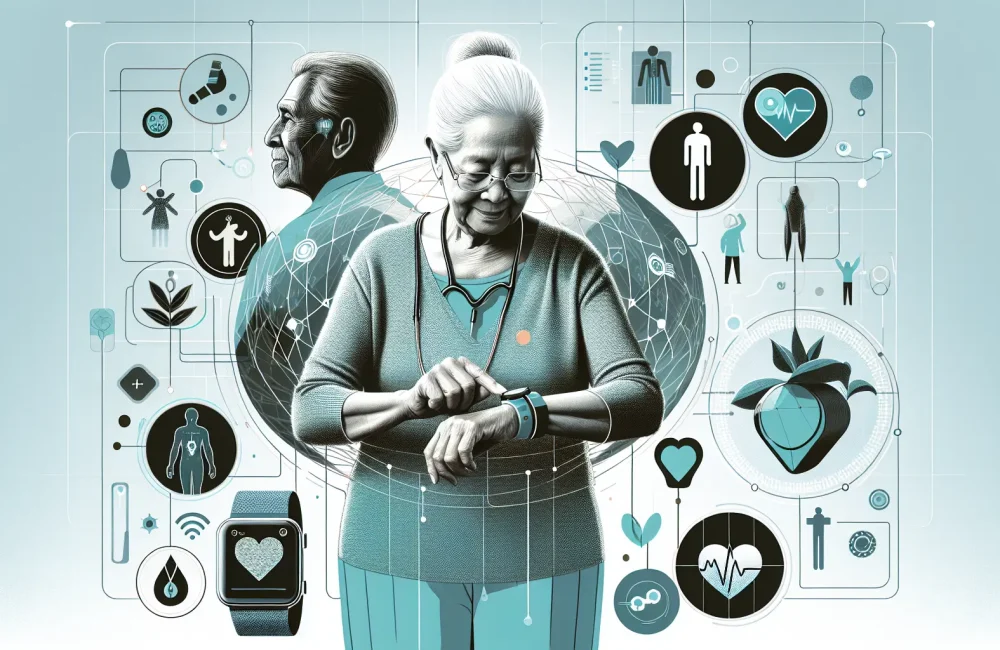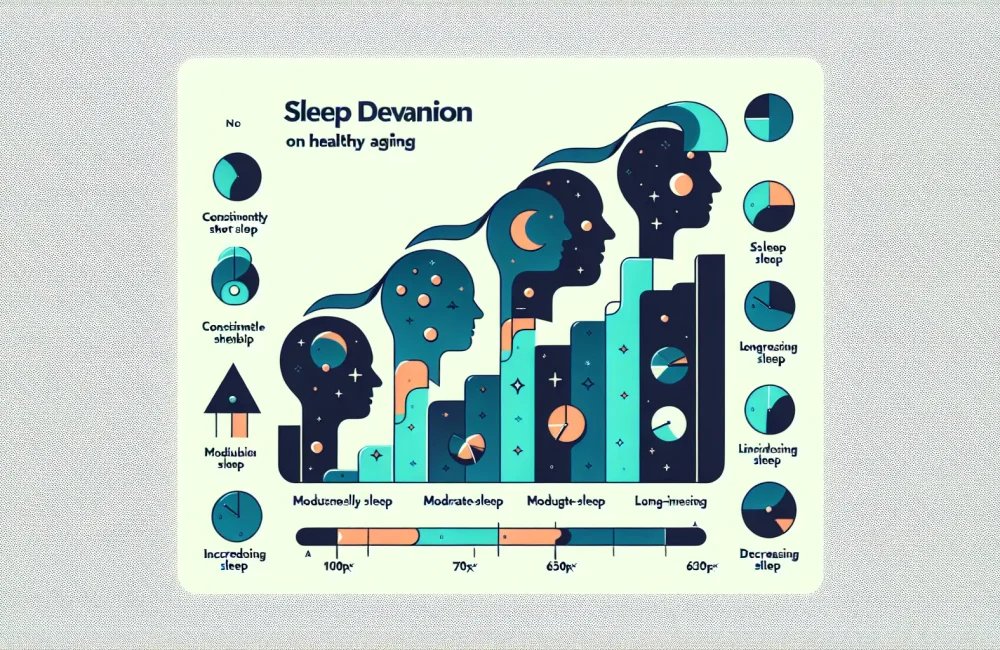By CAFMI AI From Journal of Medical Internet Research (Open Access)
Emerging Role of Wearable Technologies in Older Adult Health
The global demographic shift towards an aging population presents considerable challenges to healthcare systems, necessitating innovative approaches for health promotion and disease prevention tailored to older adults. Wearable technologies have surfaced as pivotal tools in this realm, offering capabilities to monitor health parameters continuously and encourage healthy behaviors. These devices range from activity trackers to smartwatches and specialized biometric sensors, all designed to support physical activity, manage chronic illnesses, and promote healthier lifestyles among seniors. The systematic scoping review in question mapped an array of studies assessing various wearable devices used by older adults, highlighting how these tools can potentially enhance health outcomes through real-time data tracking and proactive health management. For clinicians, especially in the United States, understanding the scope and functionality of these wearables is crucial to integrating technology into patient care plans effectively.
Clinical Impact and Challenges of Wearables in Elder Care
The review underscored the positive impact of wearable technologies on increasing physical activity levels, managing symptoms of chronic diseases, and improving medication adherence among older adults. These benefits signify a promising adjunct to traditional health promotion strategies, potentially reducing healthcare utilization through better disease management and prevention. However, the clinical evidence remains varied due to heterogeneity across studies in design, duration, and outcome measures, posing challenges in drawing definitive conclusions about effectiveness. Barriers to widespread adoption were commonly reported, including concerns around device usability, comfort, and privacy from a patient perspective. These factors highlight the importance of clinician awareness regarding patient acceptance and the need to tailor recommendations based on individual capabilities and preferences. Moreover, understanding these challenges is essential for healthcare providers when advising older patients and designing patient-centered interventions that incorporate wearable technology.
Future Directions and Integration into Clinical Practice
Looking ahead, this comprehensive review highlights significant gaps in current research, particularly the need for rigorously designed trials that validate the efficacy of wearable technologies in older populations. There is a clear call for advancements in user-centered design to improve device comfort, usability, and privacy protections, essential for enhancing patient engagement and long-term adherence. Moreover, integrating wearable technologies with healthcare systems offers a promising pathway to maximize benefits, enabling seamless communication between patients and providers for proactive management of health conditions. For primary care clinicians, the incorporation of wearable data into routine workflows could facilitate early detection of health deteriorations and personalized interventions, enhancing preventive care. Counselling older adults on these technologies must include discussions about device functions, data privacy, and expected benefits while addressing potential red flags like inaccurate readings or misuse. Follow-up strategies should focus on ongoing support, education, and adapting technology use based on changing patient needs and health statuses. This review provides a foundational evidence map to guide clinicians in leveraging wearable technologies effectively for health promotion and disease prevention among aging patients.
Read The Original Publication Here






